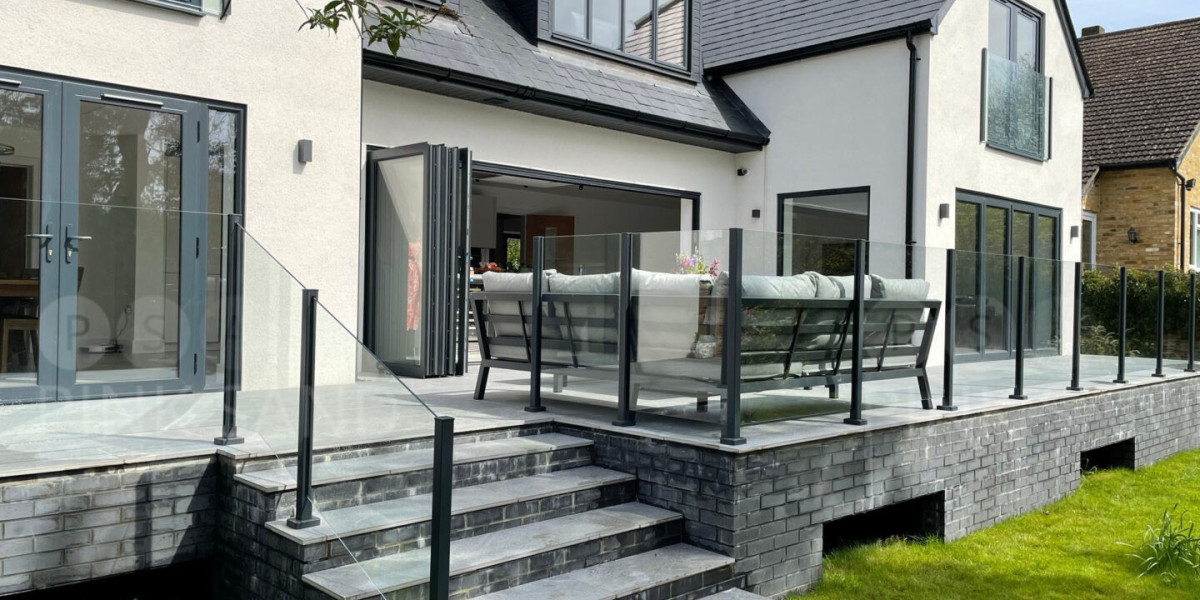The Rise of Built-in Ovens: Enhancing Modern Kitchens
In the ever-evolving world of home enhancement, built-in ovens have become a staple in modern kitchen design. These appliances not only provide a streamlined and smooth visual however likewise contribute considerably to the performance and performance of home cooking. This post explores the different elements of built-in ovens, including their advantages, types, installation considerations, and upkeep, along with frequently asked questions to offer a detailed summary.
What is a Built-in Oven?
A built-in oven is an appliance developed to be installed into kitchen cabinetry, providing it a streamlined appearance and maximizing counter area. Unlike traditional freestanding ovens, which stand alone and are often large, built-in ovens fit flush with cabinets for a more integrated look. They are available in different sizes, designs, and functions, catering to a broad range of cooking requirements and kitchen styles.

Advantages of Built-in Ovens
Built-in ovens included many benefits that make them attractive to property owners. Below are some of the essential benefits:
- Space Efficiency: Built-in ovens conserve counter area while enhancing kitchen layouts.
- Customizable Design: They can be integrated into kitchen cabinetry, enabling homeowners to customize looks according to individual taste.
- Improved Performance: Many built-in ovens come geared up with sophisticated cooking innovations, enabling better heat circulation and faster cooking times.
- Ease of access: Their setup at eye level makes it simpler to check food without bending down, supplying higher convenience and safety.
- Resale Value: A contemporary, properly designed kitchen can boost property worth, making built-in Builtin Ovens an investment worth considering.
Kinds Of Built-in Ovens
Built-in ovens can be categorized based on their design and function. The following list outlines the common types of built-in ovens readily available on the market:
- Single Ovens: A standard model that features one cooking compartment.
- Double Ovens: These come with 2 different compartments, which enable for cooking several meals at various temperature levels.
- Wall Ovens: Installed into the wall for a space-saving option, these ovens provide benefit and ease of access and can be either single or double.
- Steam Ovens: These utilize steam for wet cooking and are frequently favored for healthier meal preparation.
- Convection Ovens: Designed with a fan that flows hot air, ensuring even cooking and browning.
| Type | Description | Perfect For |
|---|---|---|
| Single Oven | One cooking compartment for standard baking and roasting. | Little households and kitchens. |
| Double Oven | 2 compartments for simultaneous cooking of different dishes. | Large households with diverse menus. |
| Wall Oven | Built into the wall for easy access. | Space-conscious kitchens. |
| Steam Oven | Cooks utilizing steam for healthier choices. | Health-conscious people. |
| Stove | Flows hot air for even cooking and faster outcomes. | Baking enthusiasts and chefs. |
Setup Considerations
Selecting to install a built-in oven includes several factors to consider to guarantee that it fits flawlessly within the kitchen. Crucial aspects consist of:
- Cabinet Dimensions: Accurate measurement of the cabinet space required for the oven is important for a correct fit.
- Power Supply: Built-in ovens typically require a dedicated power supply; consulting a certified electrical expert may be required.
- Ventilation: Ensure that the oven's ventilation requirements are satisfied to promote safe operation.
- Local Building Codes: Compliance with regional codes is important when setting up any kitchen device.
It's highly suggested that setup be performed by experts to ensure safety and adherence to maker requirements.
Upkeep of Built-in Ovens
Maintaining built-in ovens is necessary to ensure their durability and operation. Below are some ideas for efficient maintenance:
- Regular Cleaning: Wipe down surface areas after each use to avoid build-up; consider self-cleaning alternatives if readily available.
- Check Seals: Inspect the oven door seals frequently for wear and tear to keep performance and avoid heat loss.
- Calibrate Temperature: Occasionally check and adjust oven temperature level settings if cooking outcomes are irregular.
- Professional Servicing: Schedule regular upkeep with qualified specialists for electrical components and deeper cleaning.
Frequently Asked Questions (FAQs)
Q1: How do I pick the right size built-in oven for my kitchen?
A1: Measure the offered cabinet space and consider the cooking practices of your household. Single or double ovens prevail options based on meal preparation requirements.
Q2: Are built-in ovens more energy-efficient than freestanding ones?
A2: Built-in ovens can be more energy-efficient due to much better insulation and advanced cooking innovation; however, actual efficiency depends upon the particular model and usage.
Q3: Can built-in ovens be set up anywhere in the kitchen?
A3: Built-in ovens require specific cabinets and might require a devoted source of power, so preparing their placement thoroughly within the kitchen layout is necessary.
Q4: What kind of maintenance do built-in ovens need?
A4: Regular cleansing, examining door seals, calibrating temperature levels, and expert maintenance as required are all components of proper upkeep.
Built-in ovens are an amazing addition to contemporary kitchen areas, using both visual and useful benefits. Their space-saving style, personalized options, and advanced functions deal with varied cooking needs. When thinking about a built-in oven, house owners should take into account their particular cooking preferences, kitchen design, and upkeep abilities. By doing so, they would be making a valuable investment in their home, increasing both functionality and design.


